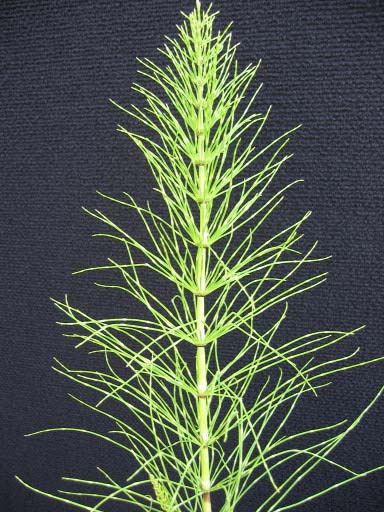
December 2014 
December 2022
Last week there was much ballyhooing over a new article on the benefits of native plants in supporting insect populations. I’ve posted on the fallacy of native plant superiority before, pointing out that landscape biodiversity not plant provenance, is most important for supporting all types of beneficial wildlife. Despite robust, published evidence to the contrary, more people and governing bodies believe that native plants are the magic bullet for urban landscapes. (Never mind the fact that there are no plants native to urban environments.)
Using CRAP analysis to assess information:
- C = credibility. Are the authors experts in the field of interest?
- R = relevance. Is the information applicable to the field of interest (in this case, management of plants in urban landscapes)?
- A = accuracy. Is the information grounded in current, relevant science?
- P = purpose. What is the underlying reason that the information is being shared?
This most recent paper warrants a careful dissection as it has gone viral online. For me, the first red flag is that there are no plant or soil scientists on this team. The first two authors, who were responsible for developing the main ideas and designing methodologies, are both ecologists by training. The other authors are involved in insect collection and identification as well as ecological modeling. Not having plant and soil scientists on the team to ensure science-based practices are followed during landscape modification is a serious oversight.

The methods section regarding the study site is astonishingly vague, given this is essentially a landscape plant installation and management project (i.e., applied plant science, not ecology). A well-designed experimental project would include control plots, replication of treatments, site analyses (including soil type and texture as well as soil testing for nutrients and organic matter), and detailed explanations of how the site was prepared, how plants were selected, prepared, and installed, and what site management occurred post-installation.
Here is the section on how this “experiment” was designed:
“In mid- April 2016, 80% of the site was substantially transformed through weeding, the addition of new topsoil, soil decompaction and fertilisation, organic mulching and the addition of 12 indigenous plant species…Selected plant species met the criteria of being locally indigenous to the City of Melbourne and represented a range of growth forms— including graminoids, lilioids, forbs and trees— requiring no ongoing management such as watering and fertilisation.”

“New topsoil” 
“Soil decompaction” 
“Fertilizer” 
“Organic mulch” 
“Addition of plant species” 
“Requiring no ongoing management”
The purpose of the methods section is to provide detailed explanations on how the study was conducted so that it could be replicated by other scientists elsewhere in the world. There is no way to replicate this study properly, as the methods are vague and very possibly not based on applied plant and soil sciences:
- “Addition of new topsoil” As we’ve pointed out in this blog numerous times over the past 14 years, you don’t add new topsoil to landscapes.
- “Soil decompaction” What is this? Does it involve tllling, which would directly affect the health of the two existing trees?
- “Fertilization” What is the fertilizer? When was it applied in the process? At what concentration and based on what data was it applied? You need to know baseline levels of nutrients before you can rationally add any fertilizer.
- “Organic mulching” What material? Compost? Cardboard? Bark? How deeply was it applied?
- “Addition of…plant species” Were these bare-rooted or simply popped out of the pot and dropped in the new topsoil?
- “Requiring no ongoing management such as watering” News flash: newly installed plants REQUIRE irrigation during the establishment period regardless of their nativity. And this site now contains substantially more plants than before, meaning increased competition for water and other resources.
The problems with this nonscience-based approach to landscape plant management can be see by comparing the two spotted gum trees that were on site before this project began. Corymbia maculata is a threatened native species in Australia and the continued health of these trees should have been paramount before any site work was initiated.

Exisiting spotted gum trees (Corymbia maculata) in December 2018 
Same spotted gum trees in December 2022.
Unfortunately, these sorts of projects, conducted by teams with no soil or plant scientists and published in journals that are not specific to urban plant and soil sciences, are neither well-designed nor useful. The mindset of many researchers outside the applied plant and soil sciences is that there’s no real science to preparing soil, installing plants, and maintaining the site. This current paper does not even meet the standard of being experimental: it is merely a report on what happens to insect populations when a landscape is altered. There is no basis for comparisons. Any conclusions drawn are anecdotal.
It’s bad science.




























































